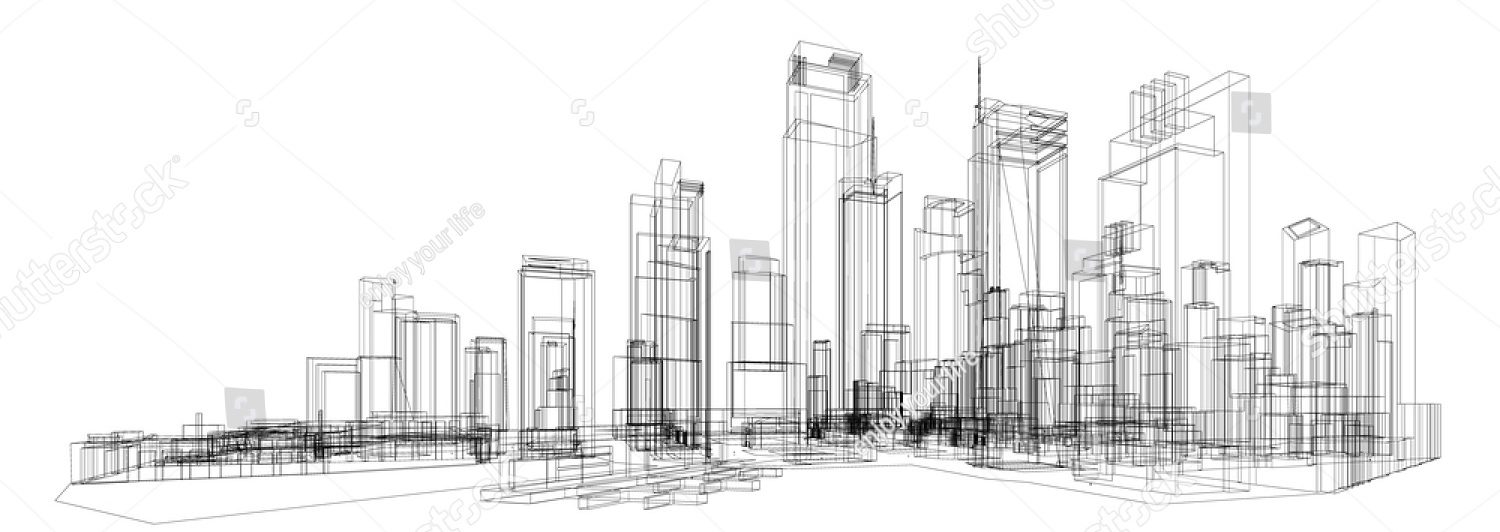As America recalibrates its terms of engagement with the Middle East, China has gradually been expanding its influence in ways that could alter the very character of the regional order.
The burst of diplomatic activity between China and Middle Eastern countries that garnered widespread media attention in January this year is emblematic of this trend.
At the same time, China wishes to portray itself as a different kind of great power. Shortly after the flurry of diplomatic activity, Chinese Foreign Minister Wang Yi told the press that “there is never a ‘power vacuum,’” in the Middle East “and there is no need of ‘patriarchy from outside.’”
Wang was sure to mention that “the region is suffering from long-existing unrest and conflicts due to foreign interventions,” alluding to the long-held belief among Chinese officials and policymakers that America’s presence in the region has been a destabilizing force.
China’s state-led media apparatus has been helping to reinforce these perceptions. In a Global Times article covering recent developments between China and the region, Zhang Han wrote that “the US continuously cultivates the region for its own interests and plants the seeds of democracy, creating chaos and conflicts.” By contrast, “China has no enemies, only friends in Middle East,” proclaimed Zhang.
Chinese officials have traditionally been reluctant to challenge the US in the Middle East, primarily because America has been providing the security protecting China’s interests. Against the backdrop of renewed great power competition and the perception that the US is withdrawing its security support, Beijing’s calculations seem to have changed.
Being scholars of history, Chinese officials have long been wary not to get sucked into what many on the mainland view as a “chaotic and dangerous graveyard burying empires.” China’s approach to the region has accordingly been consistently cautious, drawing on the principles of strategic hedging. Beijing has sought to foster cordial relations with all countries in the region, establish deep economic ties, garner political capital and gradually accrue leverage and influence.
Interests run deep
Beijing’s interests in the region today run deep. China depends on the Middle East to secure roughly half the energy it needs to fuel its continuous development and is increasingly relying on countries like Qatar to ensure a steady supply of natural gas to the mainland.
The East Asian giant’s trade with the Gulf states surpassed $200 billion last year, making it the leading partner for the oil-rich region. Meanwhile, it’s estimated that as much as 60% of China’s exports to Middle Eastern countries transits the United Arab Emirates.
Over in the Levant, China is the largest source of imports for Egypt, Israel and Lebanon, and the second largest for Turkey, Syria, and Jordan. In just two decades, the value of China’s exports to these six countries increased almost twelve-fold, from $4.2 billion in 2000 to $53.4 billion in 2020.
Countries across the region have enlisted the likes of Huawei and Alibaba to construct everything from smart cities and renewable energy infrastructure to fifth-generation telecommunication networks.
As America withdrew its troops from Afghanistan in 2021, China doubled down on economic cooperation. According to a recent report on China’s Belt and Road Initiative investment by Fudan University’s Green Finance & Development Center, “Arab and Middle Eastern countries saw investment increase by about 360% and construction engagement increase by 116%” compared with 2020.
Syria has recently signed a Belt & Road cooperation agreement with Beijing while Morocco inked an implementation plan for the initiative with Beijing. Those moves suggest that such engagement will continue to increase throughout 2022.
Security architecture
China has not been absent from influencing the regional security architecture, albeit modestly. Beijing understands that it needs to protect shipments of goods and oil traveling through critical maritime chokepoints en route to China and prevent “terrorism, separatism, and extremism” from spilling over its borders.
To that end, China’s navy has been active in the Gulf of Aden since 2008, and its military base in Djibouti has been expanded and upgraded to host aircraft carriers. Reports that China has been sending special forces units to Syria have surfaced since 2017, and joint military exercises between China, Russia, and Iran this past January have become commonplace.
Last year, Chinese President Xi Jinping announced that Iran would become a full member of the Shanghai Cooperation Organization. Wishing to maintain its delicate regional balancing, Beijing was sure to include China’s other friends in the club, admitting Saudi Arabia, Egypt and Qatar as dialogue partners.
Recent reports note that China is helping Saudi Arabia advance its ballistic missile program while pursuing the $400 billion 25-year strategic partnership with Iran – another sign of Beijing’s desire to maintain a balanced approach to the region.
Century-old US model
Despite China’s nascent but growing regional military presence, Beijing seems to want to maintain its focus on economics while letting others, particularly Russia, provide security guarantees. According to Zhang, “Russia has been a notable presence in the Middle East, especially on Syria.” He added that “close coordination between China and Russia can avoid policy contradictions and stabilize the region.”
China in the Middle East today parallels America’s position in the region in the late 1920s when Britain and France were the dominant foreign military powers. Over the subsequent quarter-century, European power waned. The US stepped in as the dominant force in the Middle East, protecting the interests it had cultivated and nurtured during the previous four decades.
While the world is vastly different today, the need for great powers to advance national interests in the Middle East remains a compelling force that could see China reshaping the Middle East’s regional architecture.
This article was originally published by the AsiaTimes. To read the original article, click here.

